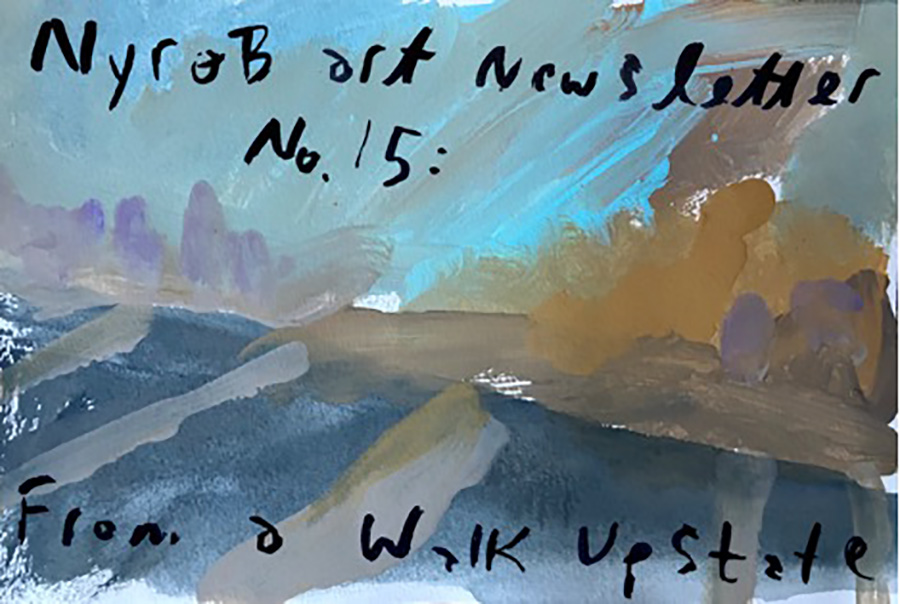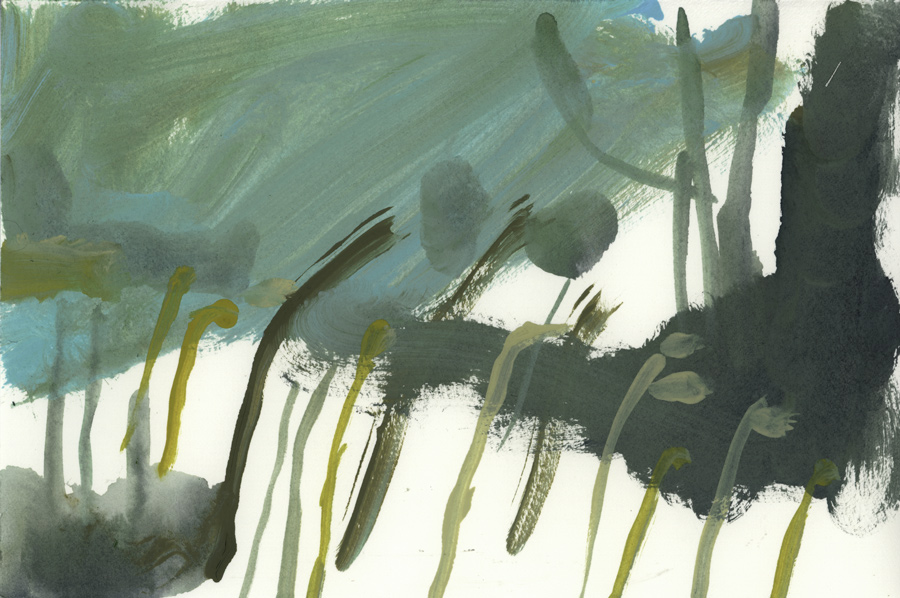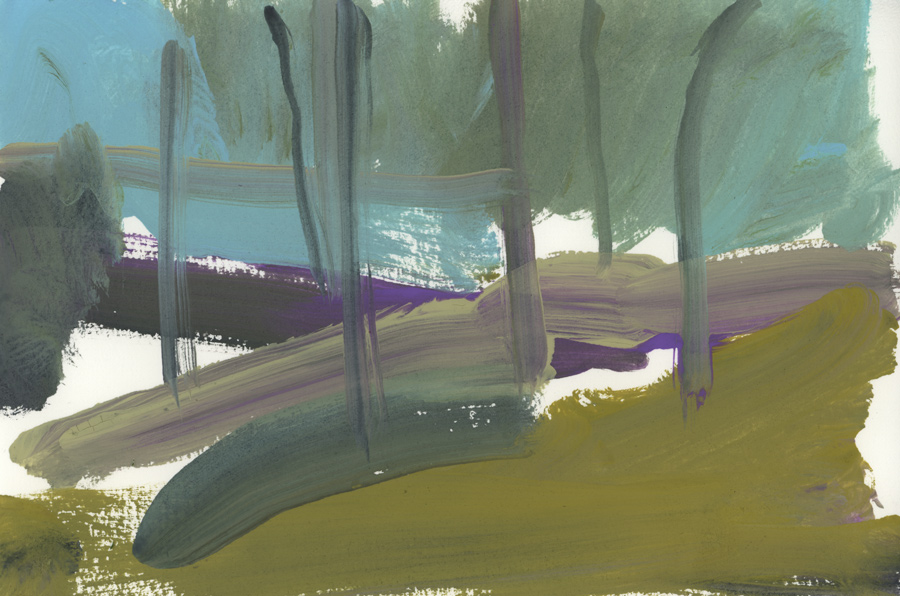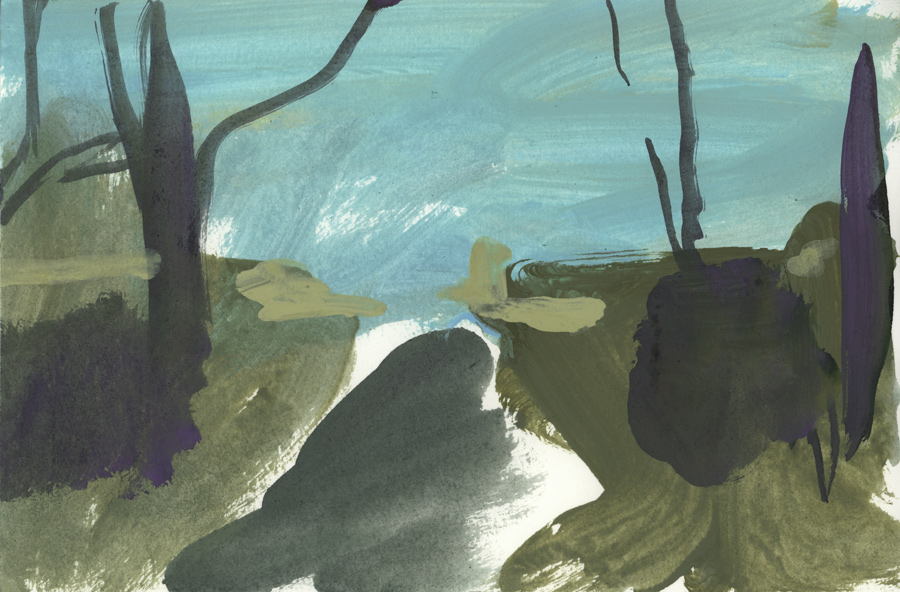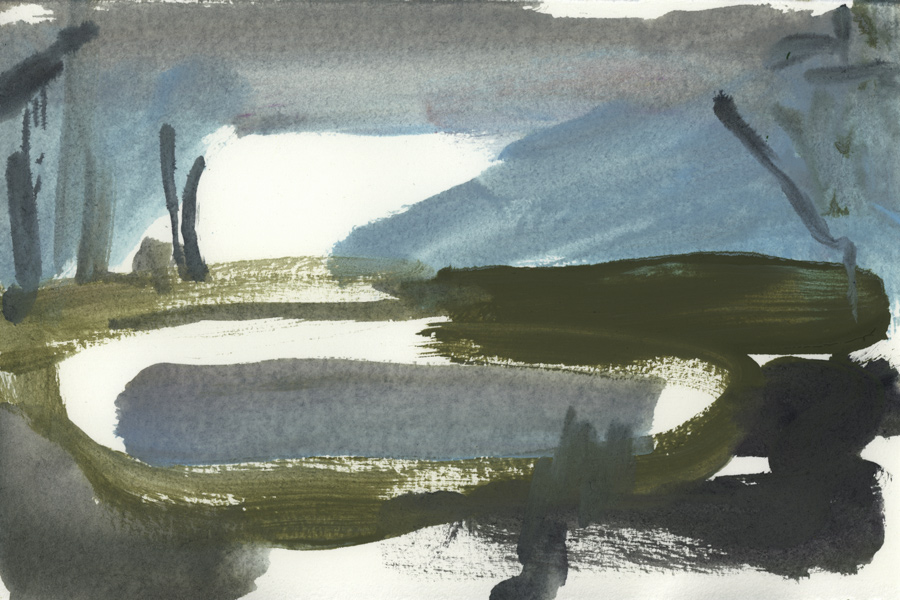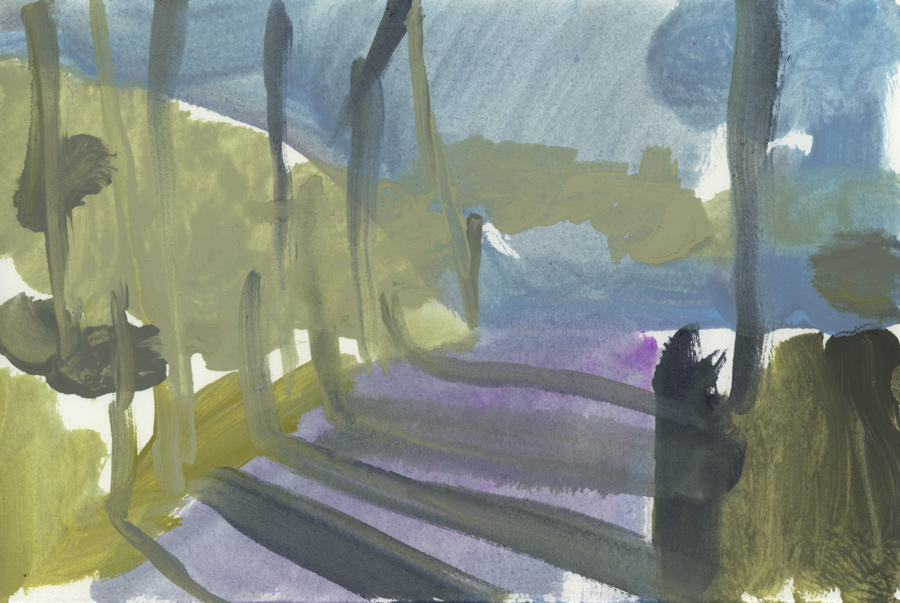The last art newsletter of the year, covering the art from our Holiday Issue, comes to you after a cold morning walk in upstate New York: hard sun rising over hoarfrost, birds calling, ice cracking underfoot, nose running. In the days leading up to Christmas I’ve been working in a small wooden house, feeding the fireplace, reheating coffee, reading, and assigning illustrations for our coming issues.
The Holiday Issue, dated December 21, had closed a few weeks earlier. We asked the German artist Sophia Martineck to design, illustrate, and hand-letter the cover. She gave us a scene of holiday preparation: baking, boiling, table-setting, shopping and chopping; the location based on a New York tenement apartment but the action universal. Martineck scattered the cover lines all over the room, and one of my colleagues remarked that it looked like an advent calendar. Last week I interviewed Martineck about her process.
Inside the issue, the illustrator drew Mohamed Mbougar Sarr, a French novelist whose fourth novel was reviewed by Ursula Lindsey. Breiling drew Sarr in front of a roiling Parisian cityscape. John Brooks sent a triple portrait for Christopher Benfey’s review of books by Ben Lerner and Tom Piazza, putting Walt Whitman floating between Lerner and Piazza, both of whom, Benfey contended, drew inspiration from the poet. The Amsterdam-based illustrator Michele Mildenberg made a portrait of long-time Review contributor Timothy Garton Ash for Neal Ascherson’s review of his new book, Homelands: A Personal History of Europe.
Elaine Blair’s review of the book Porn: An Oral History reminded me of a zine that the illustrator and jewelry maker Kaye Blegvad once sent me. She founded Horizontal Press in 2015 in order to make contemporary “Tijuana bibles”—small scale pornographic comics that were originally produced in the Depression-era United States. Blegvad described them as “erotic works for the discerning horndog.” She had sent me one by the London-based artist . Looking at it anew, a number of pages worked with Blair’s essay, so I wrote Gul to ask if we could use a red-and-black drawing of two intertwined figures. For Linda Greenhouse’s review of Wendy Parmet’s Constitutional Contagion: Covid, the Courts, and Public Health, my old studio mate, the graphic designer , gave us a germy Supreme Court building.
The Bristol-based Anna Higgie drew the Spanish novelist Luis Goytisolo in a Barcelonic setting, for Colm Tóibín’s review of his four-volume novel, Antagony. For Sherrilyn Ifill’s essay about America’s responsibility to the future, adapted from her Robert Silvers Lecture, another colleague suggested that we feature Barbara Jones-Hogu’s 1969 print Nation Time. When I read Nathaniel Rich’s review of James Heffernan’s book Politics and Literature at the Dawn of World War II, I remembered “War Souvenir,” a 2005 photographic series by the Italian artist Paolo Ventura. Ventura staged darky lit wartime scenes with dolls and sets, and the off-duty atmosphere seemed right for the essay.
We needed another double portrait in the issue, for Ange Mlinko’s review of Ida Vitale and Thomas Różycki’s recent books of poetry. I asked Thomas Libetti, whose spare, painted portraits are always enigmatic and precise.
The Londoner John Broadley doesn’t do many portraits, but I love his figures and faces, so I asked him if he’d attempt a likeness of the philosopher and professor John Gray, for John Banville’s review of Gray’s book about Thomas Hobbes and liberalism. After watching footage of Gray lecturing, Broadley turned in a lively green and gold portrait.
The series art in the issue came via a partner at the Paula Cooper Gallery, who had recommended the work of Dan Walsh. The pieces we selected came from an artist’s edition that Walsh made in 2017. His strokes and shapes reminded me of atoms, snowflakes, monuments, and planets: the tiny and vast.

